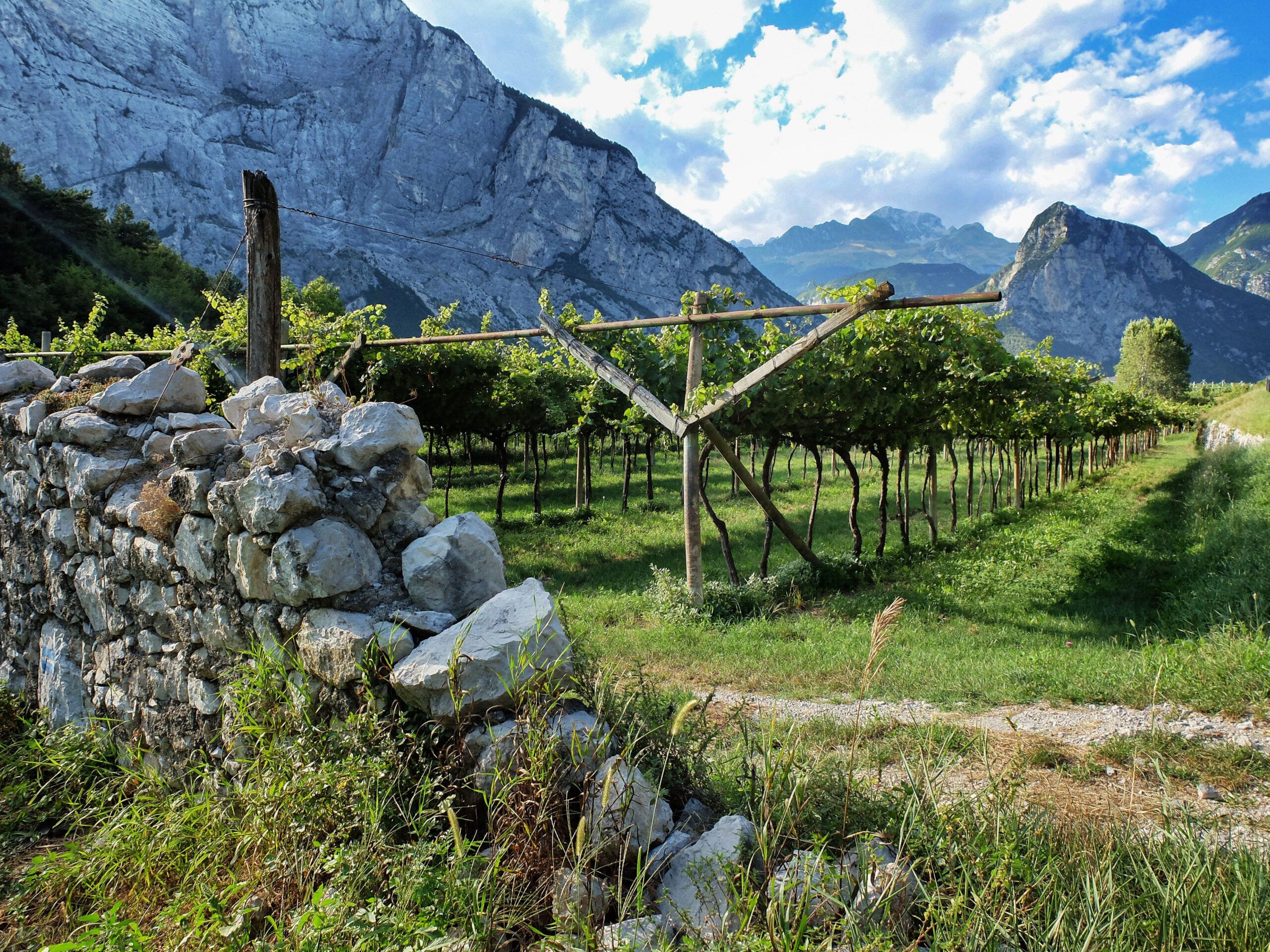
Trentino: the first wine region with an official sustainability annual report
The Trentino wine consortium is the first Italian regional territorial organization to adopt an official annual sustainability report. It is not just about paperwork and bureaucracy, it is about a valuable change of approach in the management of wine assets, shifting the focus from economic profitability to environmental cost, it is about reversing the logic from producing more to producing less and better.
The sustainability report has been published after years of commitment in this regard: in fact, since 2016 the consortium member wineries have begun a process for certification under the National Quality System Integrated Production (SQNPI).
With the coordination of Consorzio Vini del Trentino and the collaboration of entities such as P.A.T., Fondazione E. Mach and the Istituto Superiore di Sanità (the Italian Health Organization), 5,667 Trentino grape-producing wineries have followed this challenging path, which testifies to the virtuous direction taken by the Consortium for a viticulture that is attentive to environmental sustainability.
To date, this initiative represents the only national experience to have brought such a large number of producers coordinated by a single consortium entity to SQNPI certification.
Integrated production is a cultivation method that involves the reasoned application of factors, both agronomic and chemical, in order to achieve the best possible quality while respecting those who work in the vineyard, the environment and the consumer.
The use of chemical products is limited to the bare minimum compatible with the state of scientific knowledge and the need to obtain a product with high quality characteristics.
In Trentino, the large-scale adoption of this method of defense, dates back to the late 1980s and was promoted by the Autonomous Province of Trento through a “Protocol of Commitment” signed by the Producers of the various agricultural sectors, it was the first experience of its kind in Italy, which was followed by similar initiatives by other national agricultural realities.
In particular, the protocol applied to viticulture led to the introduction of new standards and sustainable practices such as:
– the sexual confusion against the grapevine moth, implemented throughout the Trentino territory for more than 20 years;
– the exclusion of the use of dithiocarbamates for three years now, which sees Trentino the first region in italy to take this step;
– the almost total exclusion of Chlorpyriphos
– the proposal to limit the use of herbicides and the goal of excluding them from the campaign from 2017 in flat and at least partially mechanizable areas
– The study and preservation of the vineyard ecosystem through the protection of insects and wildlife species
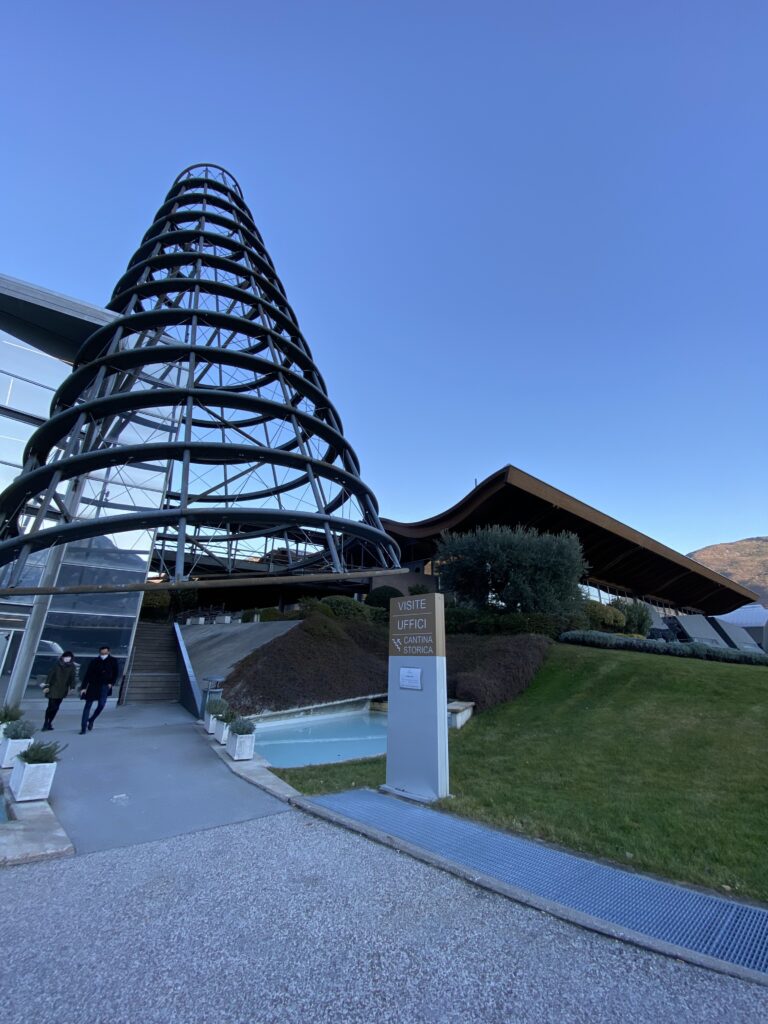
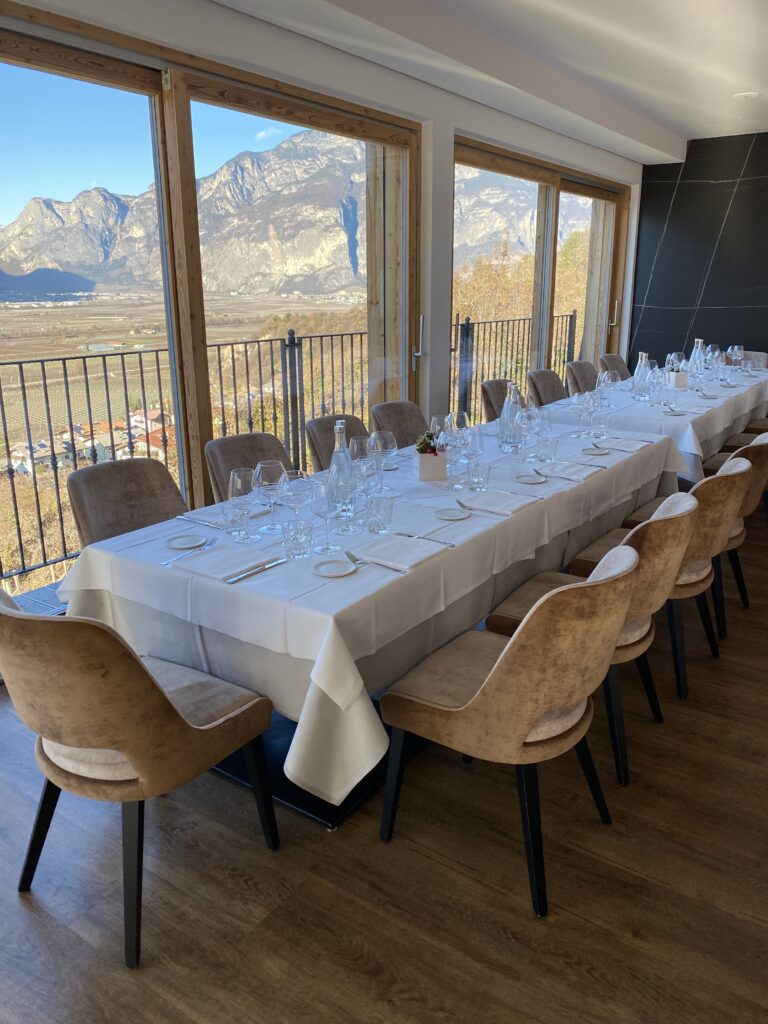
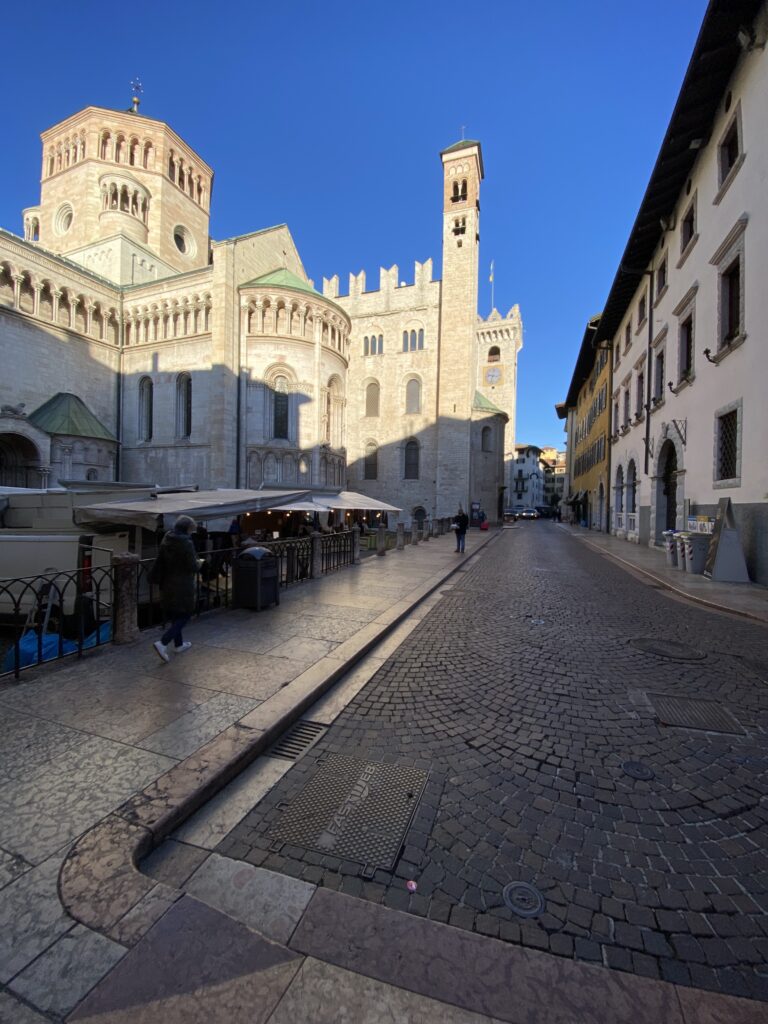
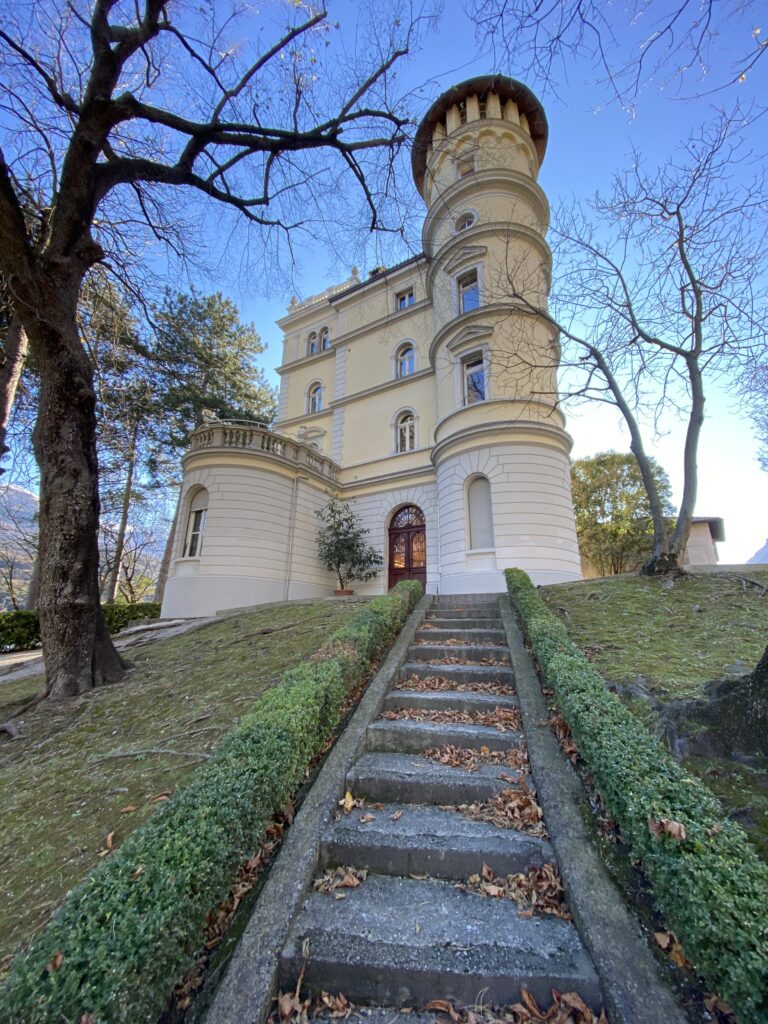
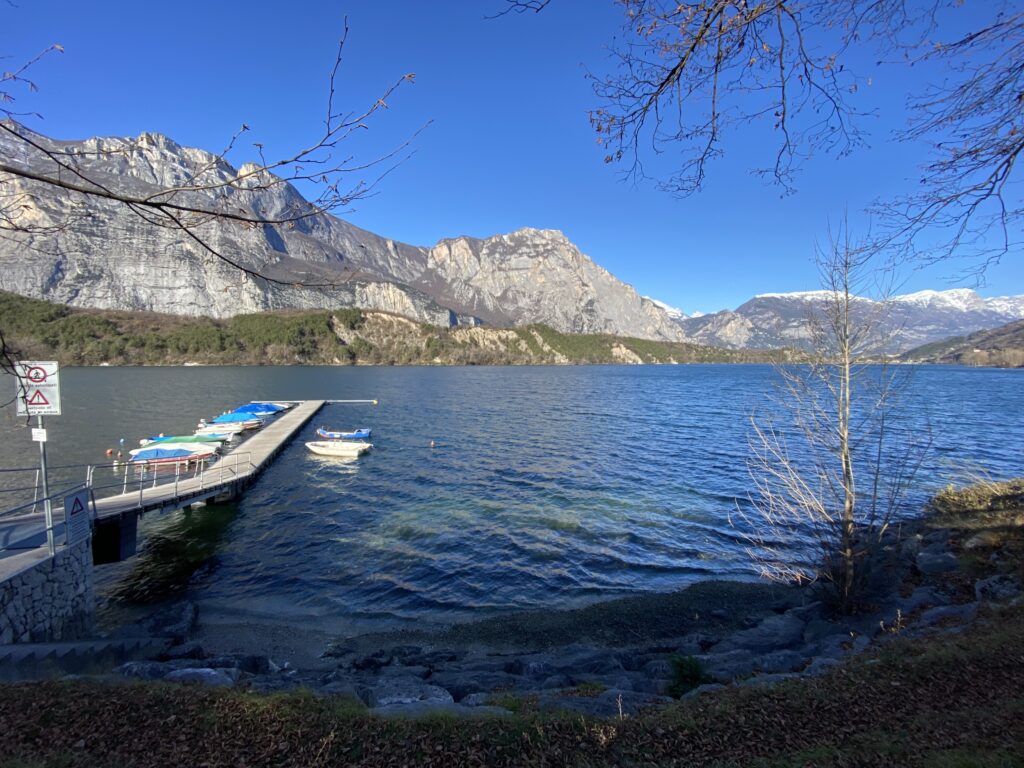
Diversity not only in the vineyard, that’s why I agreed to become an ambassador for this land
With these premises, it is easy to guess how much I enjoyed my recent visits to Trentino, to be followed by others that I will be happy to tell you about, discovering its native varieties, but also its natural and artistic landscapes. So much so that I am happy to become their ambassador, because I firmly believe that anyone who chooses to treat themselves to a trip to the foothills of the Trentino Dolomites will not be disappointed, indeed they will return home with a wealth of new experiences, both sensory and cultural.
Soon I will tell you about all the ways to discover Trentino according to personal tastes, interests, and passions. Today I start with wines, with some of the native varieties that have bewitched me. Because Trentino is not only bubbles or Pinot Grigio although these compartments represent the majority of production and export.
Trentino has 5 D.O.C. controlled designations of origin (Trentino, Trento, Teroldego Rotaliano, Valdadige and Casteller) and 2 I.G.T. territorial geographical indications (Vigneti delle Dolomiti and Vallagarina).
Whites that taste of snow, sun and rock
Seventy-four percent of the wines produced in Trentino come from white grapes. In addition to the international grape varieties, particularly Chardonnay, and Pinot Grigio, which make more than half of the white grapes, there are a multitude of indigenous grape varieties some of which are vinified in purity as monovarietal wines, such as Nosiola, Moscato Giallo, Rebo, and Manzoni Bianco.
In general they are all distinguished by a distinct mineral note given by the soil, which, although very different from area to area, is rich in rocks, quartz, porphyry and fossil minerals. The acidity and fresh aromas of white flowers and wild herbs are also recurring notes in the whites of Trentino, which, thanks to the altitude and the remarkable temperature range between day and night, maintain vibrant and vivid scents on top of the perfect ripeness of fruit kissed by the mountain sun.
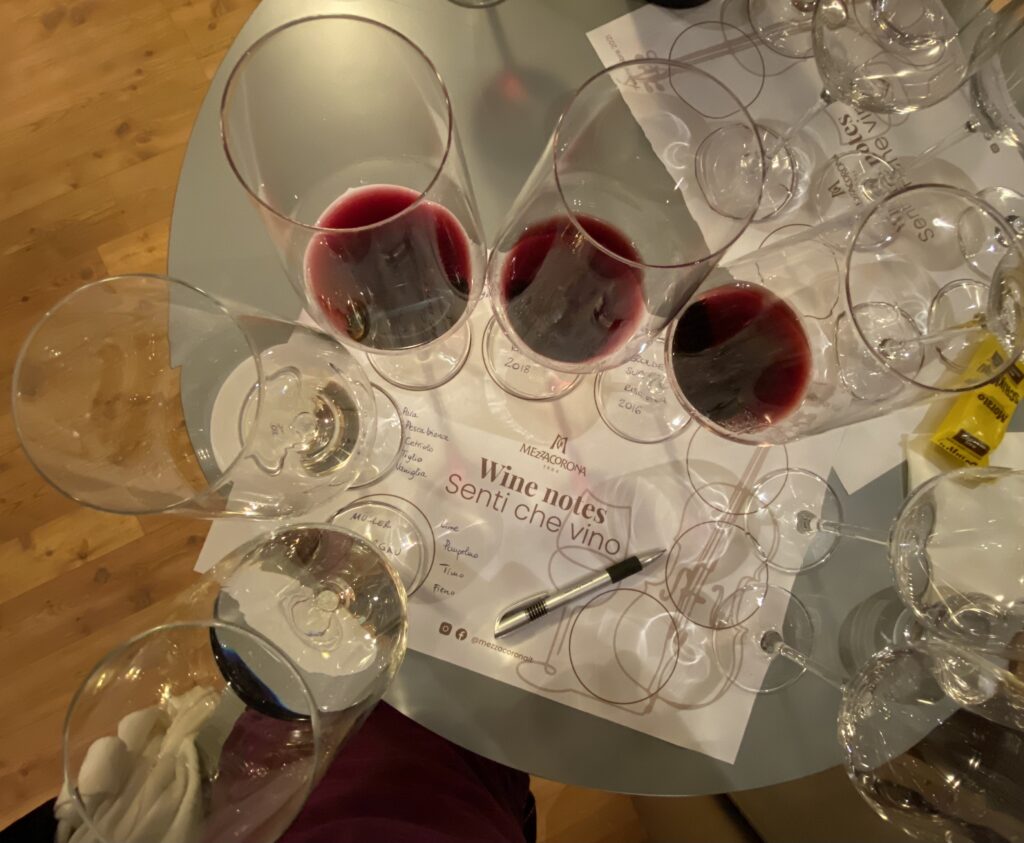
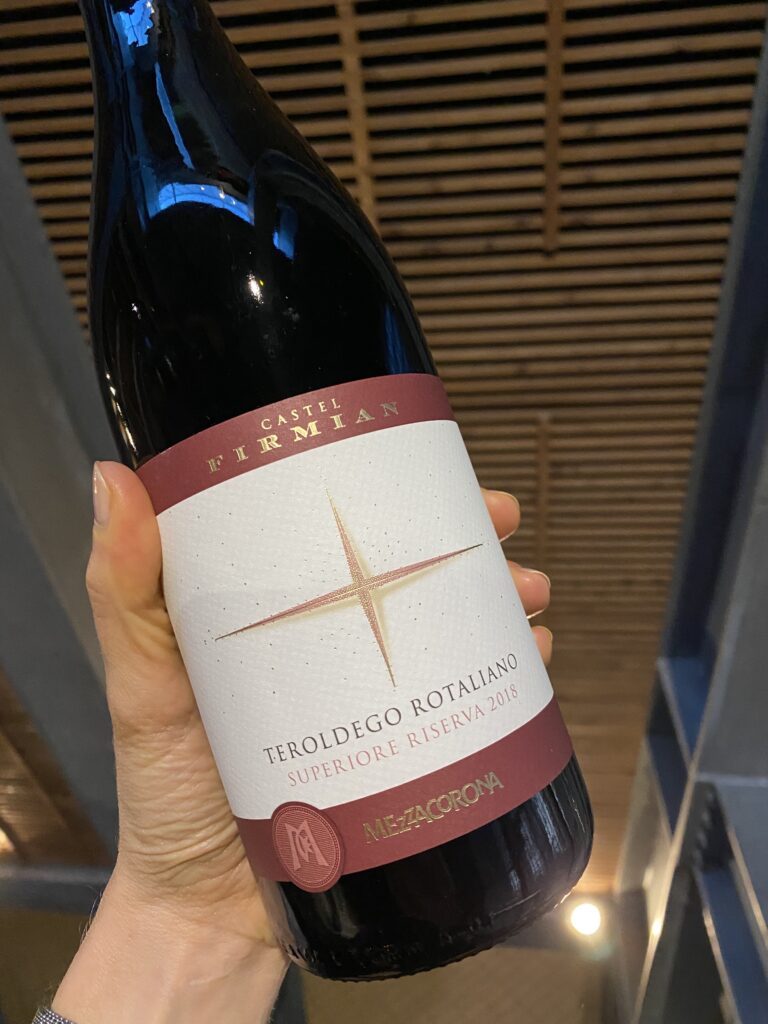
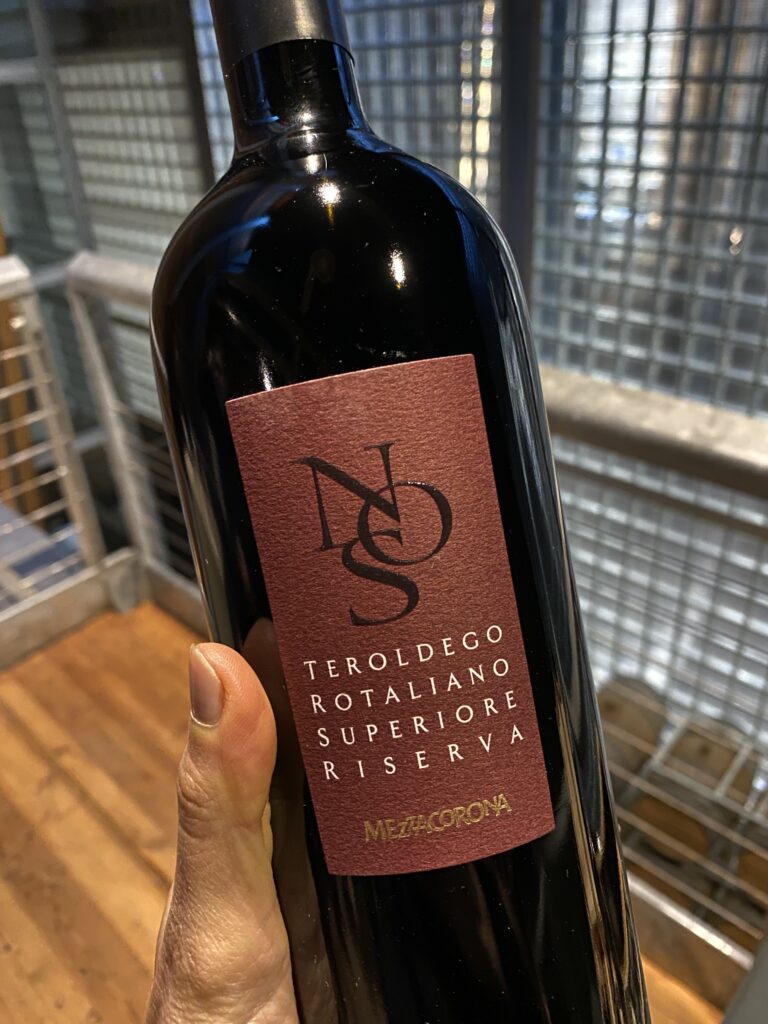
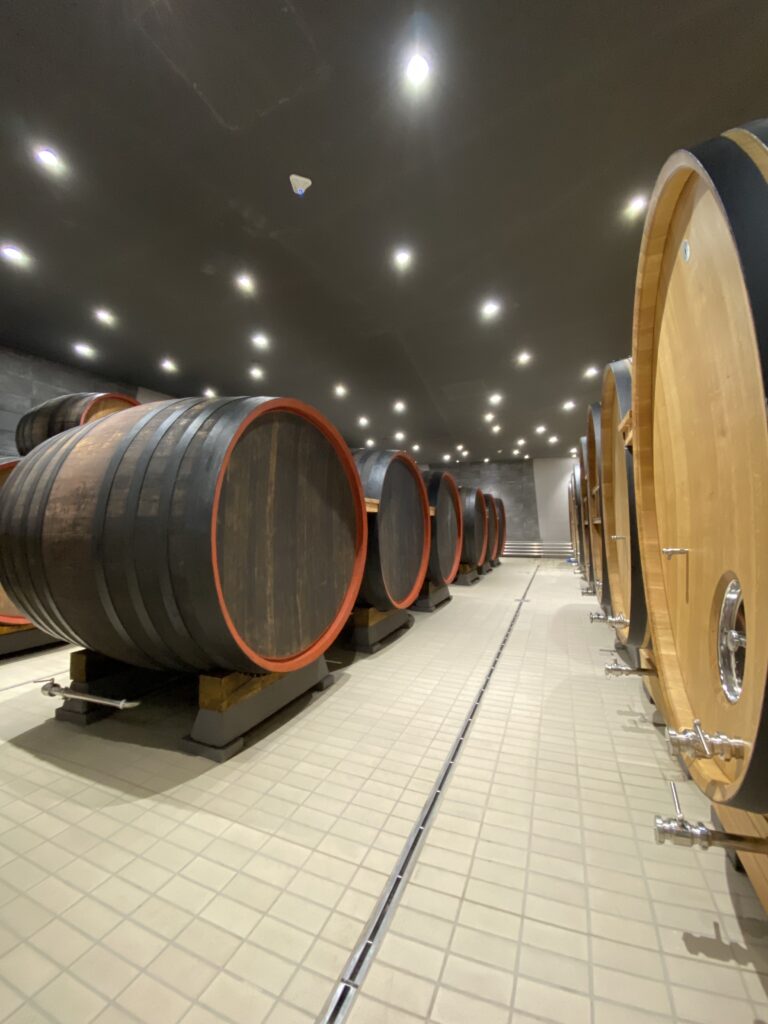
Reds that taste of woods, of alpine pastures, of wild flowers
Of Trentino’s reds, I was particularly struck by their ability to evolve in complexity of aromas over the years, something I appreciated during a vertical tasting of Teroldego from the Mezzacorona winery on one of the press tours I attended. Teroldego is the most widely grown red grape variety in Trentino (6 percent of the total, a quarter of the reds), it gives its best in the area called Piana Rotaliana, to which the municipalities of Mezzocorona, Mezzolombardo and the hamlet of Grumo in the municipality of San Michele all’Adige belong. Teroldego grapes in this area yield light but structured wines with good acidity and gentle tannins, pleasant hints of cherries, raspberries, as well as violets and almonds.
Over the next few weeks I will tell you more about Trentino’s indigenous wines, both whites and reds, in a series of Instagram videos that you can also review if you are reading this article in the future. You can find them saved on my profile @theitalianwinegirl. They will be non-technical videos, but real stories of grapes and men and women of this wonderful land nestled in the Dolomites. I look forward to seeing you online or delayed!


